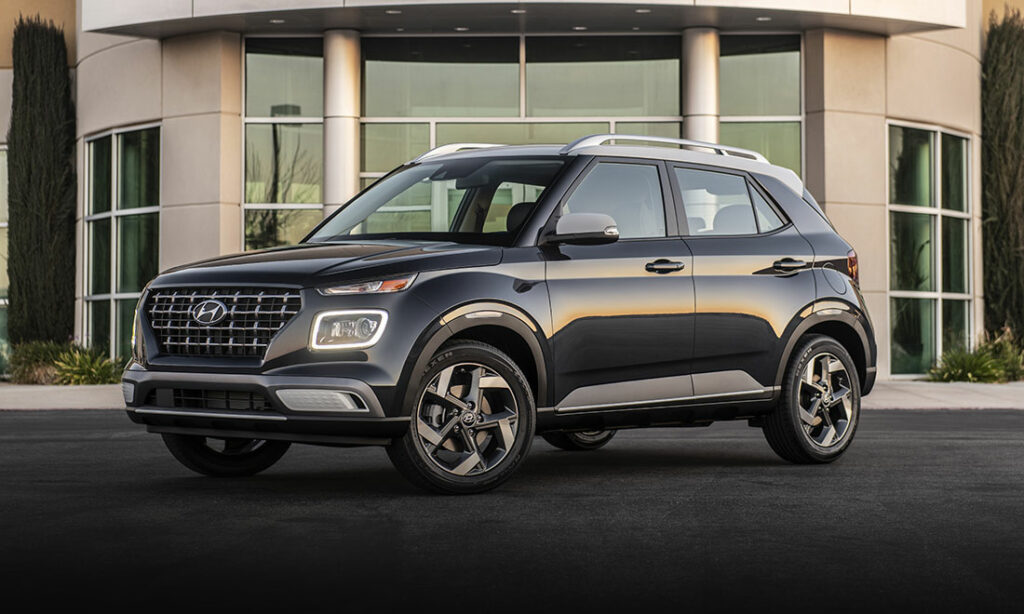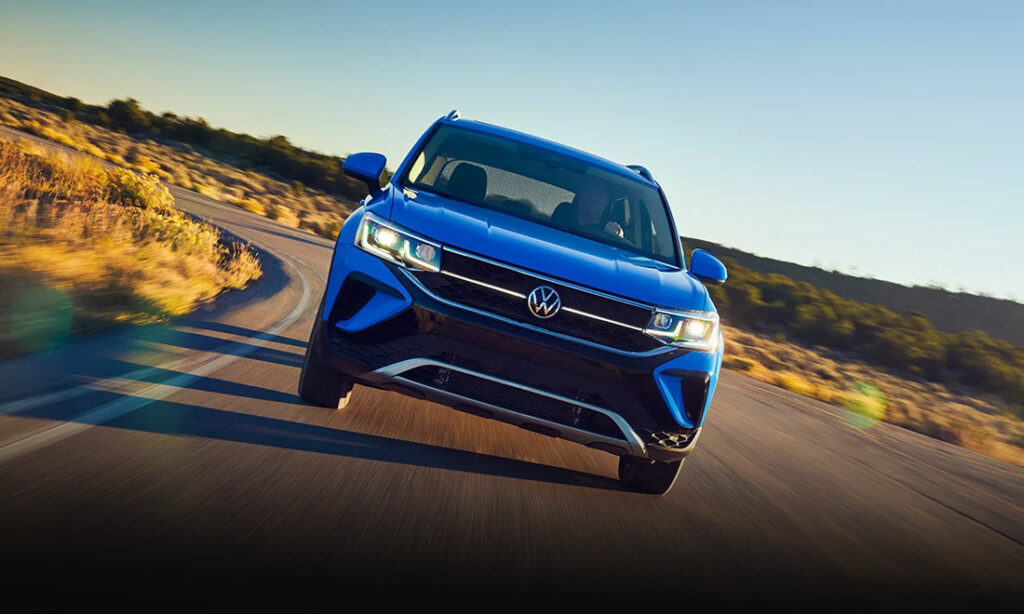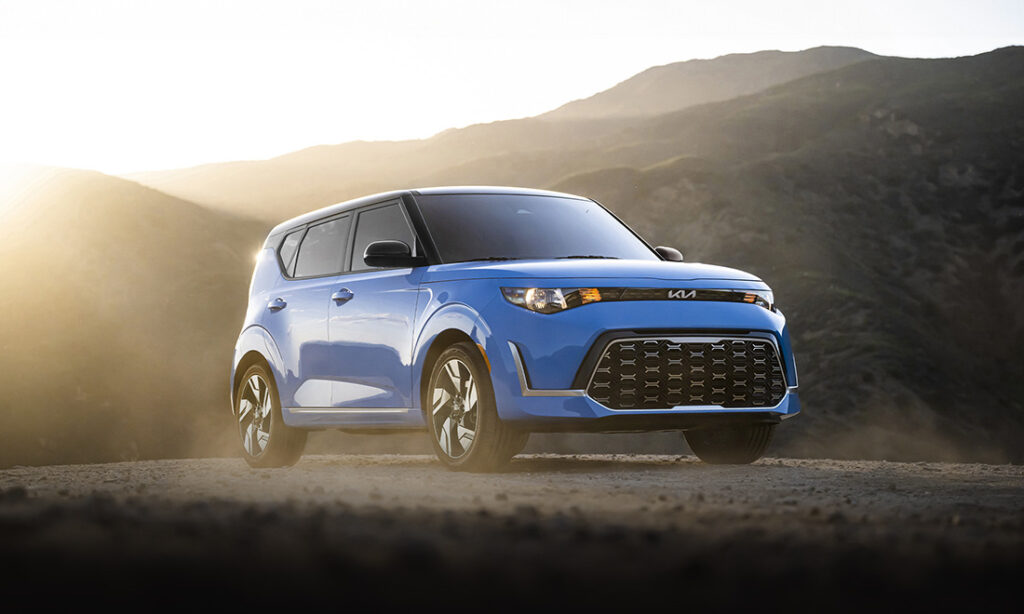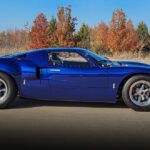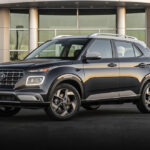Nissan Z Car Generations: Through the Years
The Nissan Z Sports Car has evolved to fit the needs of its fans and very soon an all-new car will be on public roads for the first time in 11 years.
The Nissan Z Cars
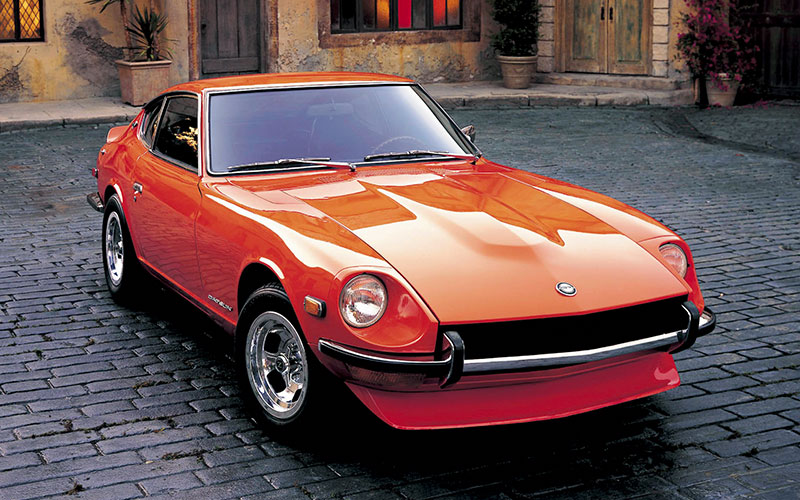
As one of the few sports cars in the world that’s been around for nearly half of a century, the Nissan Z is a survivor. It’s evolved to fit the needs of its fans multiple times and very soon an all-new car will be on public roads for the first time in 11 years. Today, we’re going to take a deep dive into the sports car that was America’s first real taste of JDM performance. We’ll find out how it’s managed to thrive in a world that’s forgotten many of its old rivals. And we’ll take a look at the next generation of the Nissan Z.
First Generation Nissan Z Cars (1969-1978)
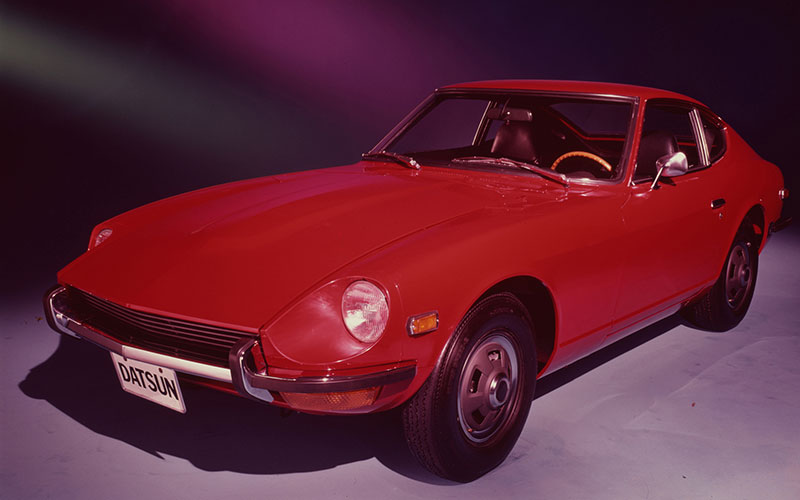
- Born out of a desire to steal some thunder from British and Italian sports cars of its day, the first Nissan Z car, the Fairlady Z was built by Nissan in 1969.
- That name was taken from the popular musical of the 1950’s “My Fair Lady” but was never used for cars that were sold in the USA.
- Here in the States, the car was simply called the 240Z and branded under the Datsun name.
- Powertrains were different in the two regions as well with Japan getting a 4-cylinder engine while in America, the 240Z used an inline-6 that made 151 horsepower.
- Its sharp styling was a smash hit that clearly leveraged designs like that of the Jaguar E-Type.
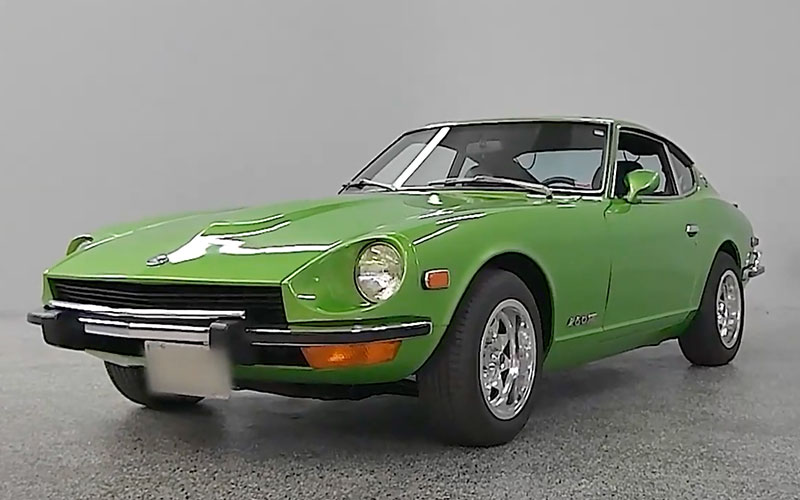
- The 240Z was so popular that within the first three years of production, nearly 100,000 of them were sold.
- In 1974, engine size was bumped up to 2.6-liters and the name of the car was changed to 260Z to reflect that.
- Power actually decreased while the car got heavier thanks to new regulations in America.
- A new 2+2 version of the Z car was released that used a wheelbase that was 11.9-inches longer to fit the second row of seats.
- By the time the 280Z left production in 1978, it had nearly returned to its original horsepower output and was selling more than 75,000 cars a year.
Second Generation Nissan Z Cars (1979-1983)
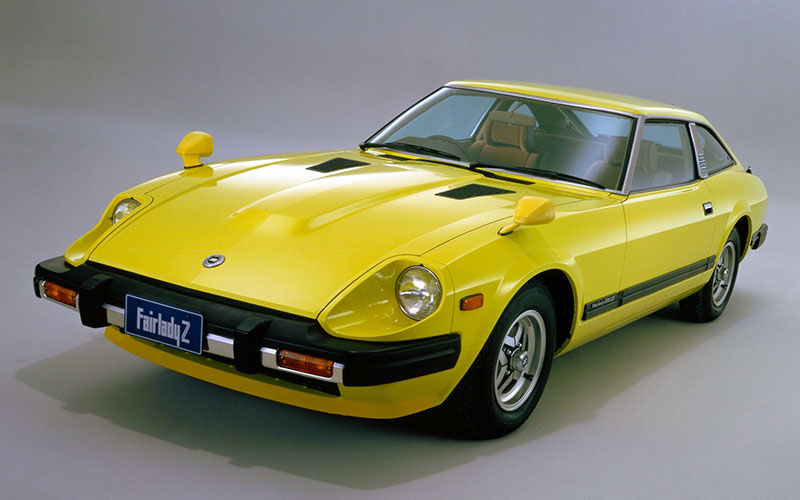
- The first major evolution of the Nissan Z car came in 1979, as Nissan ditched the goal of selling a low-weight moderately powerful sports car.
- Instead, they focused on providing a luxurious Grand Touring experience by creating the Datsun 280ZX.
- It was so adored that it was awarded the Import Car of The Year in 1979.
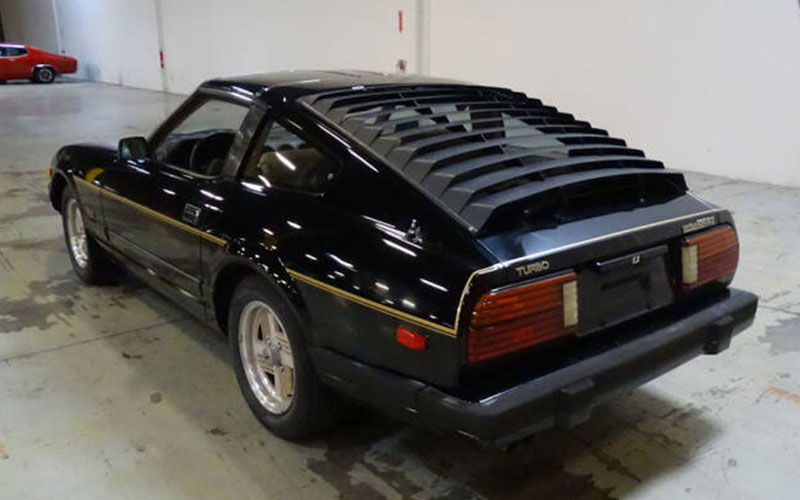
- Regulation again interfered with acceptable power output though and again the 280ZX was only capable of making some 135 horsepower.
- Four years after its introduction, Nissan answered the call for more grunt by introducing the 280ZX Turbo.
- Despite being a big upgrade to just over 180 horsepower, most were sold with a three-speed automatic.
Third Generation Nissan Z Cars (1984-1989)
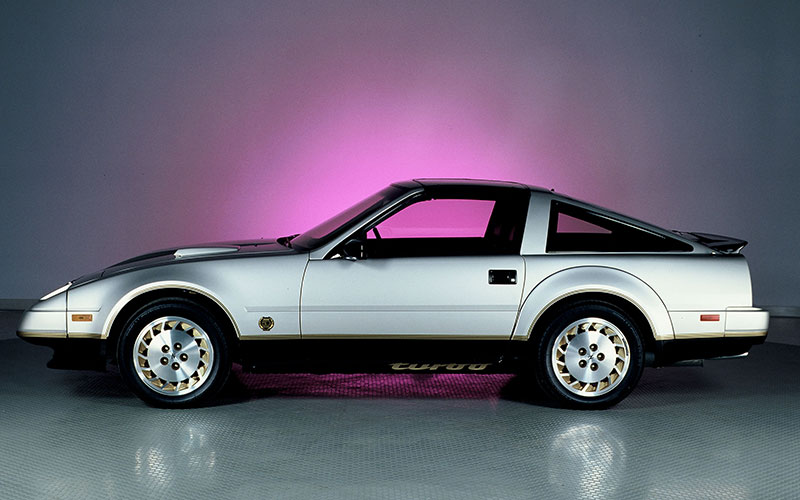
- Recognizing the need for more focused performance, Nissan went back to the drawing board and created an all-new Nissan Z car for 1984.
- They also decided to cancel the Datsun brand and so early versions of the new 300ZX feature both nameplates.
- The Nissan 300ZX used a 3.0-liter V6 under the hood for the first time and made 160 horsepower.
- A turbocharged version was also available and made 200 horsepower.
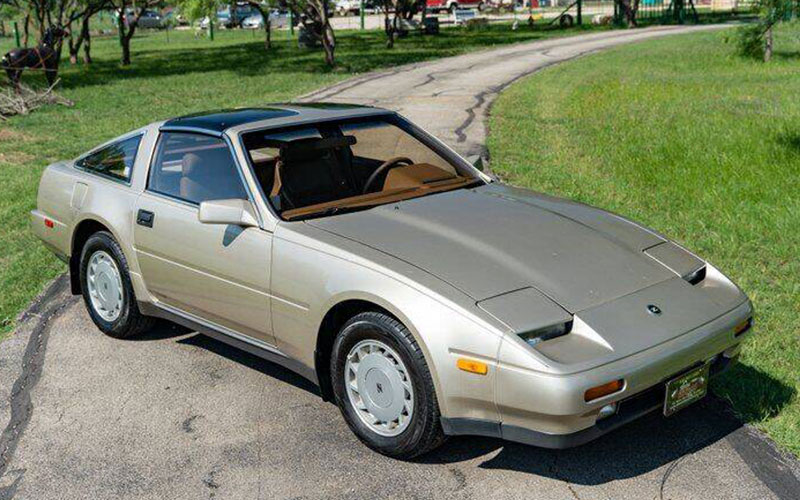
- Despite maintaining many of its luxury features and materials, that was enough power to rocket the 300ZX to 60 mph in just 7.3 seconds.
- In 1985, all 300ZX models were sold with T-Tops as standard equipment.
- In 1987, the turbocharged cars were set up for more serious performance with a limited-slip differential, bigger brakes, and a stronger manual transmission.
- Nissan continued to make small changes to the 300ZX through 1988
- Anxious to begin production of the next-gen Z car, they ended production before building the normal allotment of cars for the 1989 model year.
- Because of the mid-year discontinuation, 1989 models are considered rare.
Fourth Generation Nissan Z Cars (1990-1996)
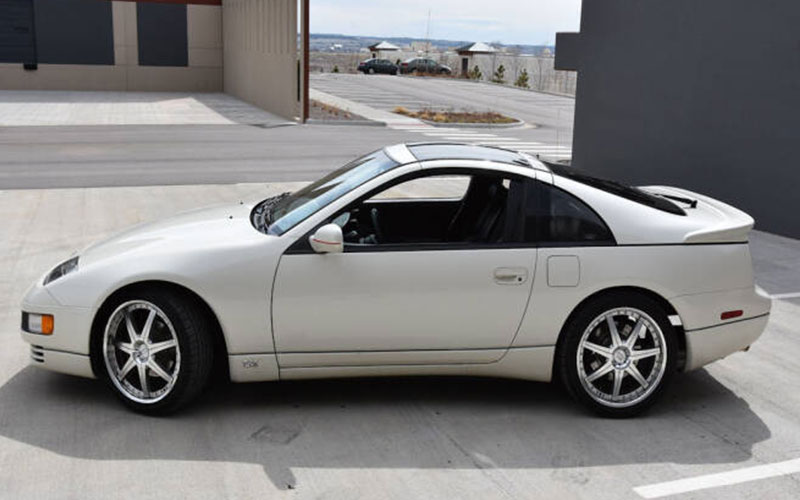
- While the Nissan Z car had lost much of the steam it gained during its first few years, 1990 would completely reinvigorate the brand.
- Another completely new design was created, but this time it only passingly resembled the previous car.
- Still called the 300ZX, this new car made 222 horsepower in base form while a turbocharged model made 300.
- With a 0-60 time of just 5 seconds, the 1990 Nissan 300ZX TwinTurbo is as fast as many new cars sold today, 30 years later.
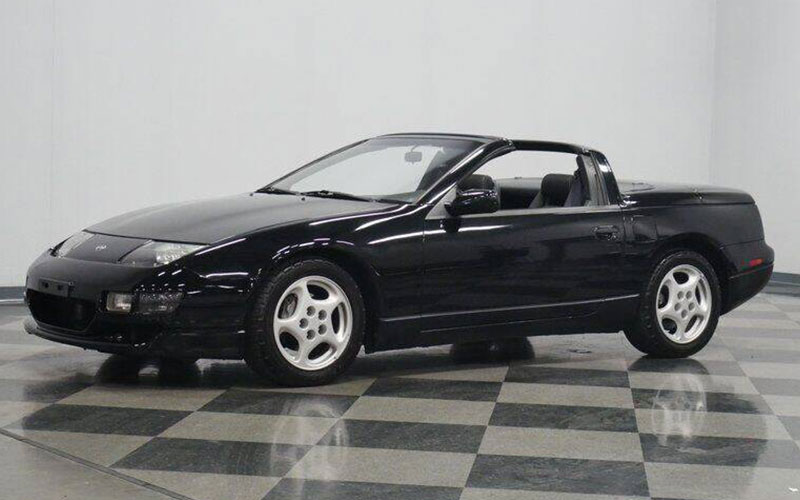
- Nissan also gave the Z car the most advanced suspension system of any car they had ever built.
- Turbocharged models even used a system that allowed for rear steering in some situations.
- This focus on performance made the new 300ZX an instant hit with customers and critics alike.
- For the first time ever, a convertible version was offered in 1993.
- Still, nothing could change the economics of the times and in 1996, the Z car ended production and was discontinued with no clear path forward.
Fifth Generation Nissan Z Cars (1997-2008)
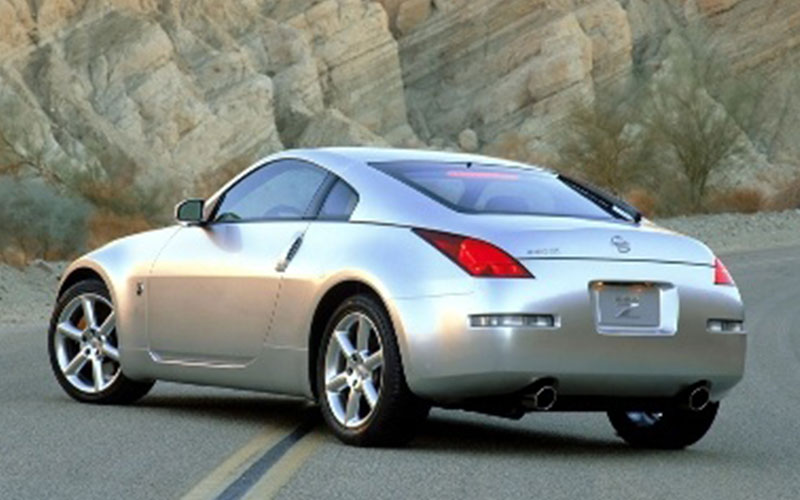
- Nissan remained committed to the platform though and to keep interest up they hatched a plan called the Vintage Z Program.
- Between 1996 and 1997 the company bought and fully restored around 40 1970 and 1971 Datsun 240Z models and then put them back on sale in dealerships.
- They even sold them with the same 12-month or 12,000-mile warranty the cars had originally come with.
- Then in 1999, Nissan released the 240Z concept car, a 4-cylinder working concept that looked much like the original car.
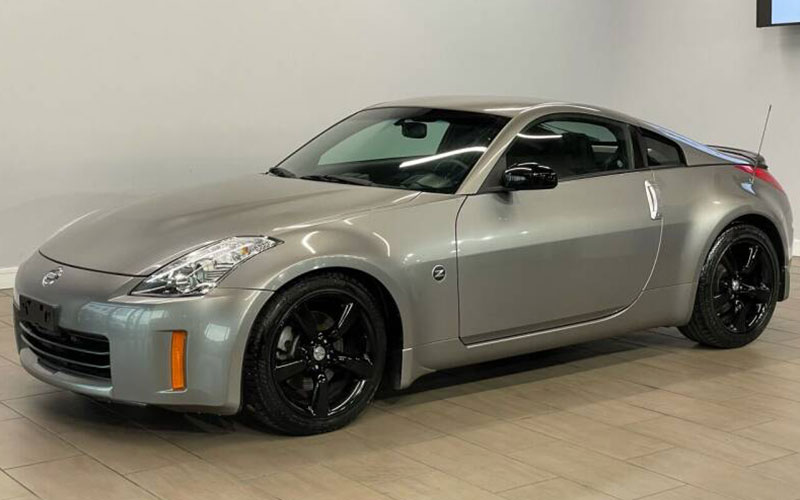
- True production on a new Nissan Z car would have to wait until 2003 though and it came in the form of the Nissan 350Z.
- This new sports car used a 3.5-liter V6 to make 287 horsepower and no turbocharged model was available.
- Styling cues feature facets of each generation and at the same time set the car on a new bearing.
- A convertible was offered and the 2+2 layout of previous generations was canceled completely.
- In 2005, the 35th anniversary 350Z made 300 horsepower and by 2007 all 350Zs made 306 horsepower.
Sixth Generation Nissan Z Cars (2009-2021)
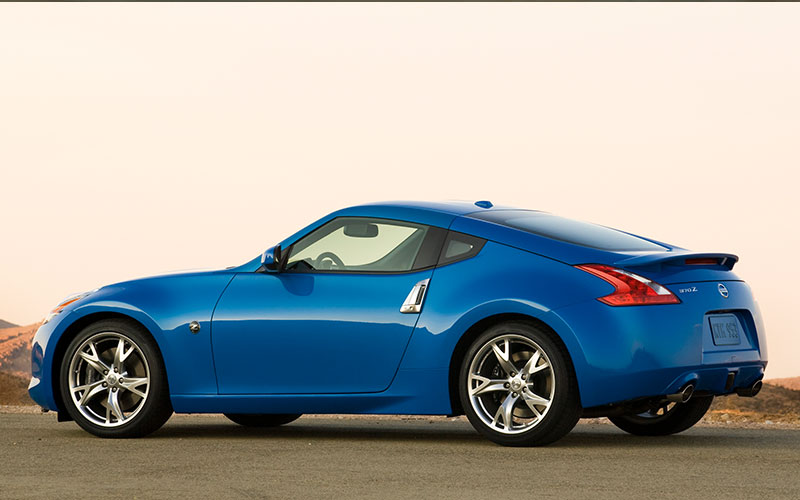
- Nissan continued the hunt for speed with the lighter and more powerful Nissan 370Z in 2009.
- Styling followed closely after the wildly popular Nissan R35 GT-R, but was still very clearly a Nissan Z car.
- Base cars made 330 horsepower with a new 3.7-liter version of the same VQ architecture used in the previous generation V6.
- For the first time, the size of the Z car actually shrunk in wheelbase over the previous car.
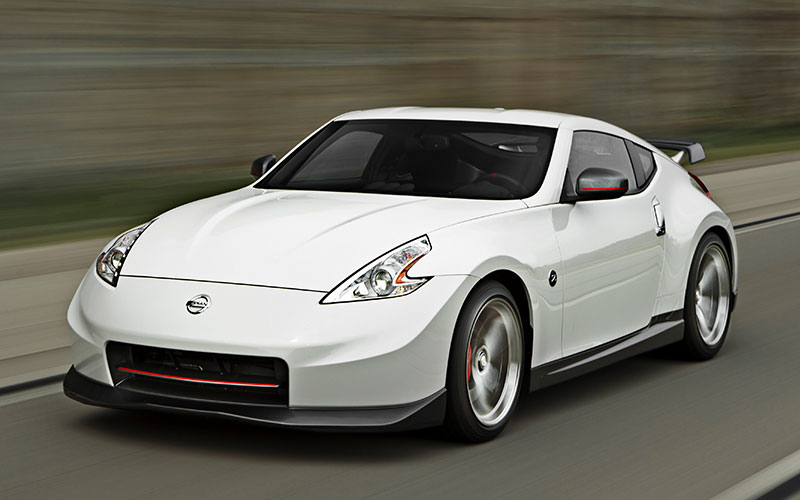
- Combining more horsepower with many lightweight aluminum body panels, the 370Z could hit 60mph in just 4.9 seconds.
- In 2010, a hardtop convertible version of the 370Z was offered.
- In 2013, Nissan redesigned the front and rear of the car enough to easily differentiate it from earlier cars.
- Still, the inside was nearly identical and remained that way until Nissan ended production in 2020.
Seventh Generation Nissan Z Cars (2022-Present)
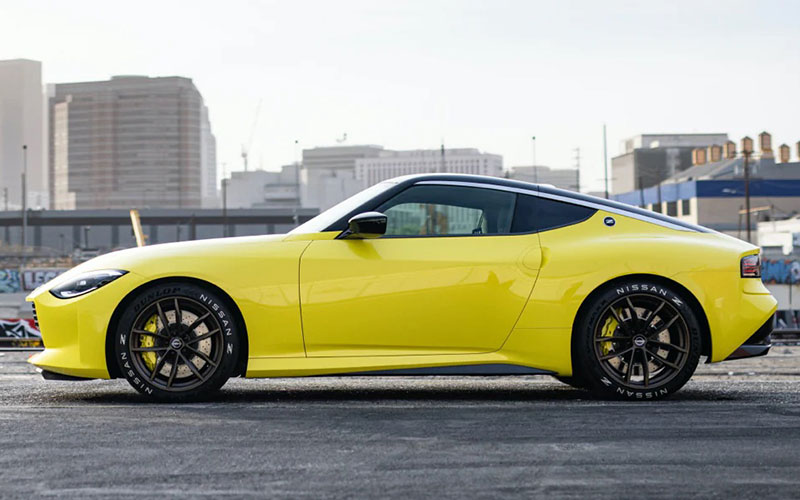
- The new Nissan Z car will likely be called the Nissan 400Z and be fitted with a 3.0-liter V6 engine.
- The 400 in the name may likely signify a power output of 400 horsepower thanks to the use of the same twin-turbocharged engine found in the Infiniti Q50.
- Styling is highly reminiscent of the original 240Z generation with small design cues from others fitted in here and there.
- A six-speed manual will be available and many reports suggest that the twin-turbo engine will be standard equipment.
- Nissan just renewed the Fairlady Z trademark here in the USA, but it seems unlikely that they’ll actually use it on the car itself.


